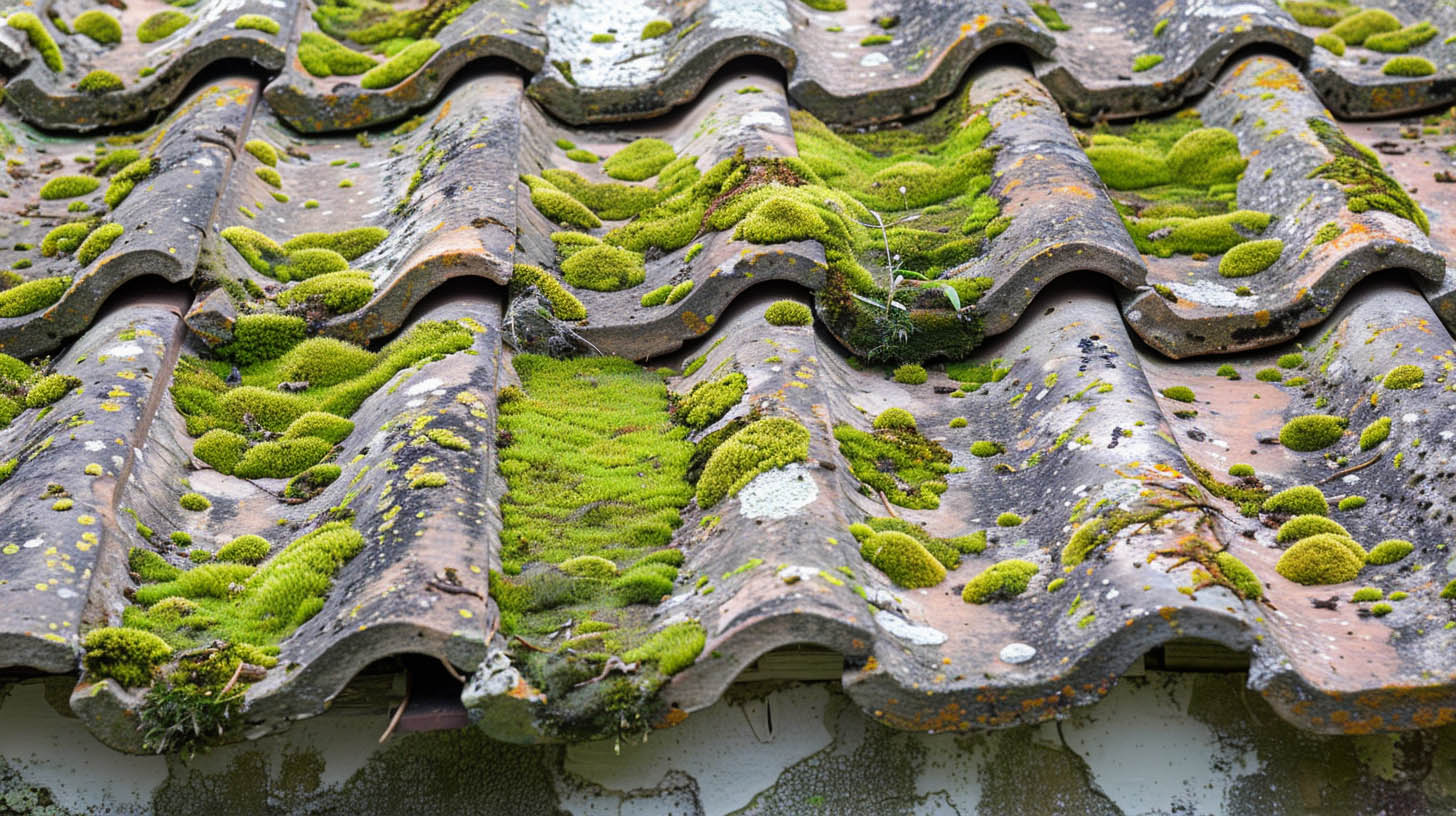Why Roof Algae Is More Than Just a Cosmetic Problem
Roof algae is a common issue in Orange County that homeowners often overlook. Beyond aesthetics, algae can quickly degrade roofing materials like asphalt shingles, reducing your roof’s lifespan and harming your home’s value. At Specialist Roofing & Repair, we emphasize the importance of regular roof cleaning to maintain safety and curb appeal. Discover why addressing roof algae early matters and how our team can help protect your investment.
Understanding Roof Algae
The presence of roof algae, specifically gloeocapsa magma, thrives in moist environments where roofing materials retain moisture. Factors such as shade from tree branches, inadequate ventilation, and the use of limestone filler in asphalt shingles contribute to its growth. These dark streaks not only detract from aesthetic appeal but also signify potential underlying issues. Understanding the nuances of algae formation can guide homeowners in implementing preventive measures, ensuring the functionality of your roof remains intact and mitigating costly repairs down the line.
What Roof Algae Forms
Black streaks or dark patches often characterize roof algae, specifically gloeocapsa magma. This type of algae thrives in moist environments where moisture retention is high, typically appearing on the north-facing slopes of roofs. Over time, it feeds off the limestone filler in asphalt shingles, leading to granule loss and impairing the functionality of your roof. In addition to creating unsightly marks, this growth can result in irreversible damage if not addressed promptly, impacting not just aesthetics but the overall integrity of roofing materials.
Key Differences Between Algae, Moss, and Mold
Algae, moss, and mold all present distinct characteristics and implications for roofing systems. Algae, often seen as dark streaks like gloeocapsa magma, primarily thrive in moist environments, feeding off the limestone filler in asphalt shingles. In contrast, moss exhibits a cushion-like appearance, retaining moisture that can lead to structural damage. Mold, a fungal growth, poses serious health risks and thrives in damp conditions, often resulting in irreparable harm. Understanding these differences is crucial for effective prevention and maintenance strategies.
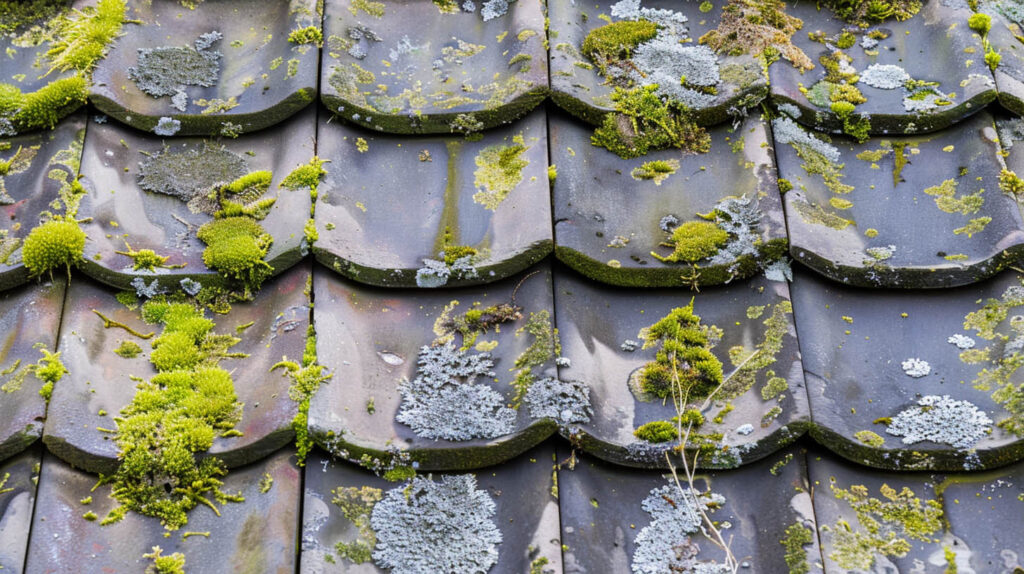
Broader Effects of Roof Algae
Neglecting roof algae can lead to significant issues beyond mere aesthetics. This type of algae, specifically gloeocapsa magma, thrives in moist environments and can retain moisture, contributing to structural damage over time. Affected roofing materials may experience granule loss, increasing the likelihood of costly repairs. Furthermore, the presence of dark streaks diminishes curb appeal, potentially reducing property value. Homeowners may also find difficulty in reselling their home, as buyers often perceive algae as a sign of neglect and deferred maintenance.
Health Risks Beyond Curb Appeal
Algae on roofs can pose health risks that extend beyond mere aesthetic concerns. The presence of rot and mold, often accompanying algal growth like gloeocapsa magma, may compromise the functionality of your roof, leading to moisture retention. In moist environments, these biological agents can trigger allergic reactions and respiratory issues for inhabitants. Furthermore, the deterioration of roofing materials due to continuous algae infestations can necessitate costly repairs, impacting both safety and your home’s overall value.
Reduced Property Value and Issues with Home Sales
The presence of roof algae can significantly diminish a property’s value and complicate home sales. Potential buyers often perceive dark streaks as indicators of neglect, leading to hesitance and lower offers. Moreover, the aesthetic appeal and functionality of your roof become questionable, raising concerns about underlying issues like structural damage and moisture retention. Addressing algae growth promptly can help preserve your investment and maintain curb appeal, ensuring that any sale offers reflect the true worth of the property.
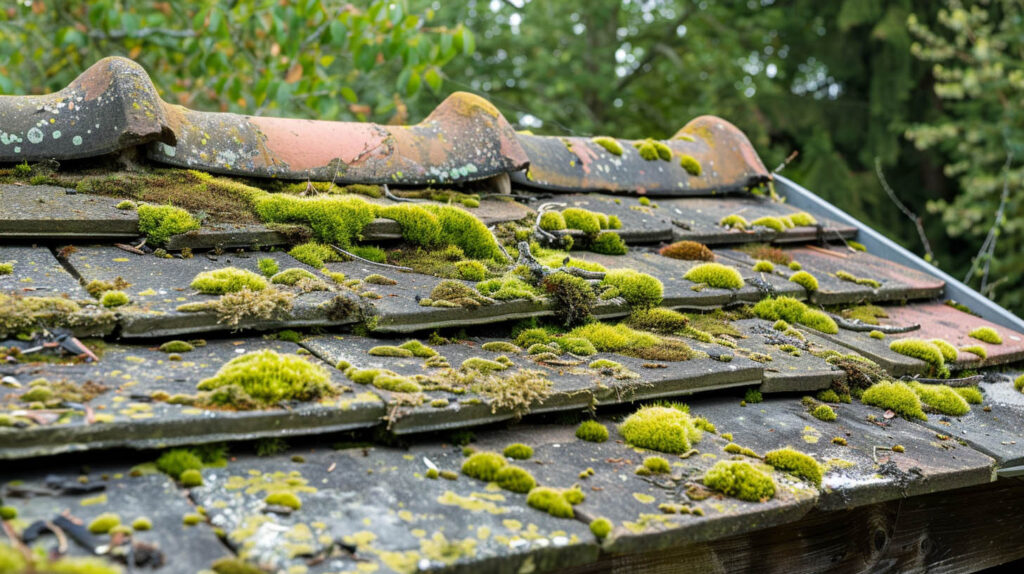
Prevention and Safe Removal of Roof Algae
Effective prevention and safe removal of roof algae involve several proactive steps homeowners can adopt. Utilizing natural remedies such as copper strips can inhibit algae growth by releasing ions that disrupt the moisture retention necessary for survival. Regular maintenance is essential, including clearing tree branches and debris that promote a moist environment. For removal, professionals recommend non-corrosive methods like pressure washing, ensuring roofing materials remain intact, ultimately preserving the roof’s lifespan and energy efficiency while minimizing the risk of structural damage.
Choosing Effective Algae Cleaning Methods
Selecting the right algae cleaning method is crucial for maintaining the integrity of roofing materials. Pressure washing, while effective, can lead to granule loss and damage to asphalt shingles. Opting for a cleaning solution that incorporates copper strips or granules can inhibit future algae growth without risking shingle safety. Always prioritize non-toxic, biodegradable products to ensure environmental responsibility and protect your roof’s functionality. Regular maintenance and the application of preventive measures can significantly enhance your roof’s lifespan and curb appeal.
Proactive Maintenance Tips to Prevent Regrowth
Preventing algae growth requires regular maintenance. Schedule roof inspections twice a year, especially after the rainy season in Southern California. Trim tree branches to increase sunlight and airflow around your roof, reducing moisture retention and inhibiting algae growth.
Key prevention steps:
- Choose shingles with copper granules, like GAF StainGuard, for long-term algae resistance.
- Regularly clear gutters and roofs of debris to eliminate damp spots where algae thrive.
Follow these tips and consider professional roof cleaning periodically. Partnering with top contractors in Orange County, like Specialist Roofing & Repair, ensures your prevention strategies are effective and tailored to your property’s needs.
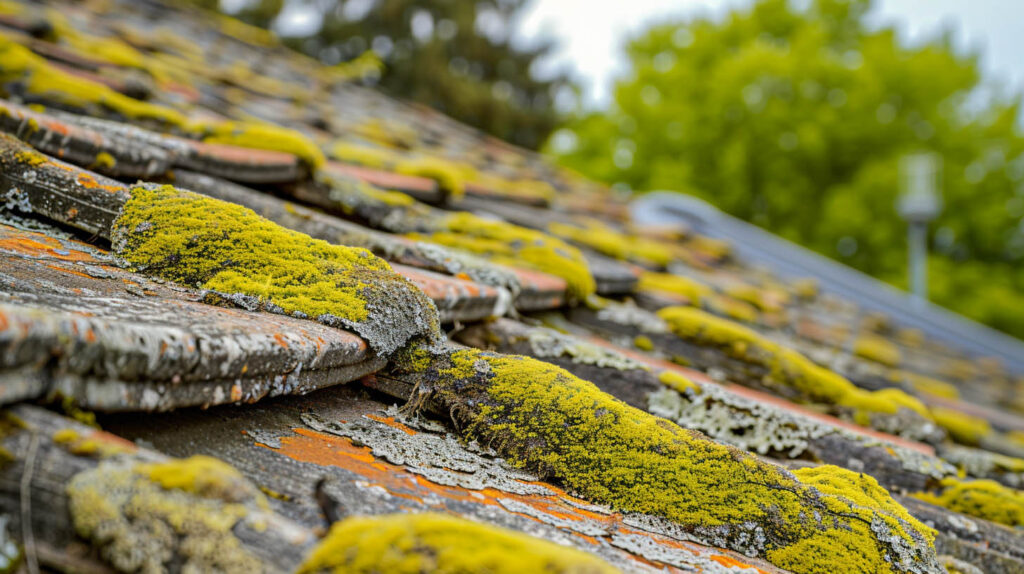
Conclusion
Roof algae is more than a cosmetic issue; it can lead to health risks and lower property value. Understanding its causes and long-term effects is crucial. Implementing effective prevention and removal methods will help maintain your roof’s integrity and longevity. At Specialist Roofing & Repair, we’re here to provide top-notch service. If you notice roof algae or have concerns, request a personalized quote. We’re committed to helping you protect your home and investment.
Frequently Asked Questions
Is algae worse than mold?
Algae can pose significant challenges, but mold is often more damaging to your health and home. Mold feeds on organic materials and can lead to serious structural issues and health problems, while algae mainly affects aesthetic appeal. Understanding both helps homeowners prioritize remediation efforts.
How to stop algae from growing on a roof?
To stop algae from growing on a roof, regularly clean the surface, ensure proper drainage, and trim overhanging branches to reduce shade. Additionally, apply specialized cleaning solutions or zinc strips to inhibit growth while protecting your roofing materials.
Read our blog: Does the Age of Your Home Affect Roofing Choices?


